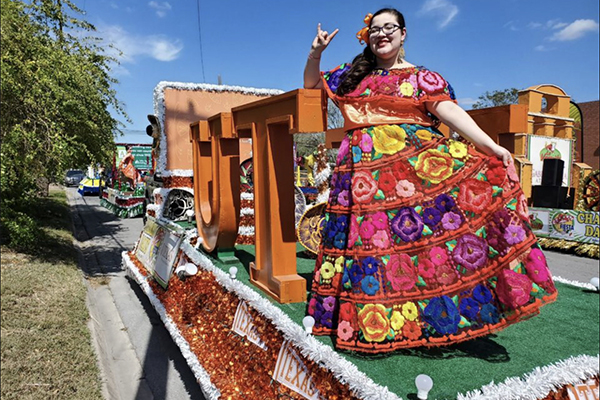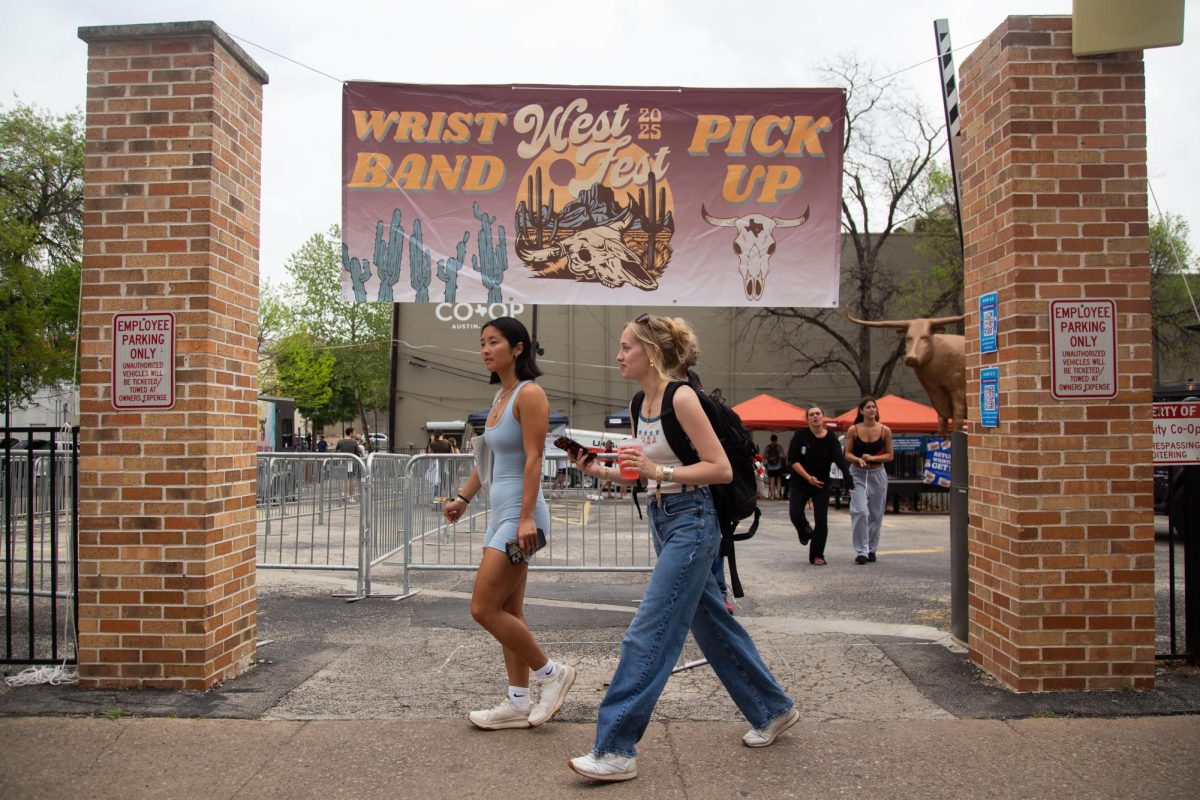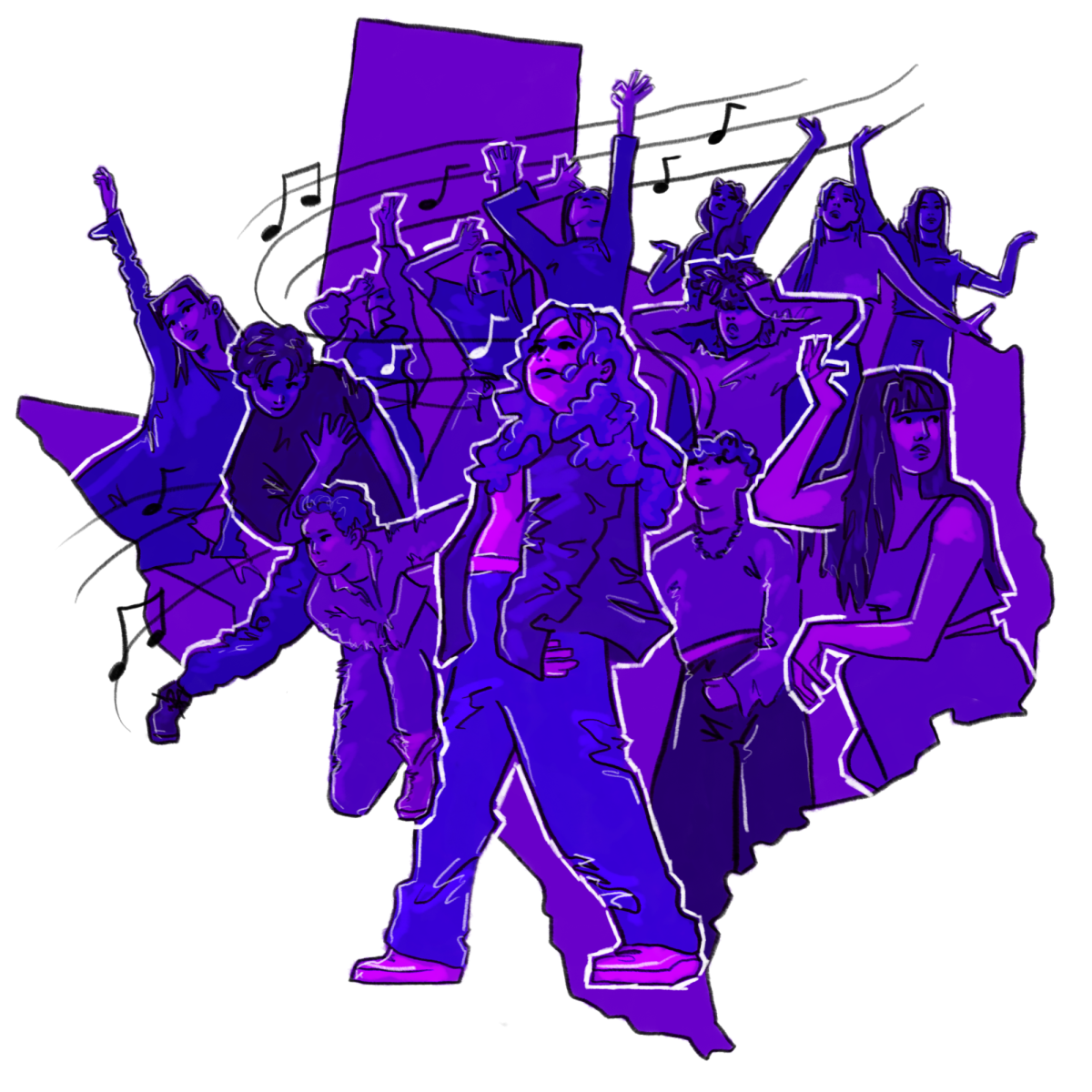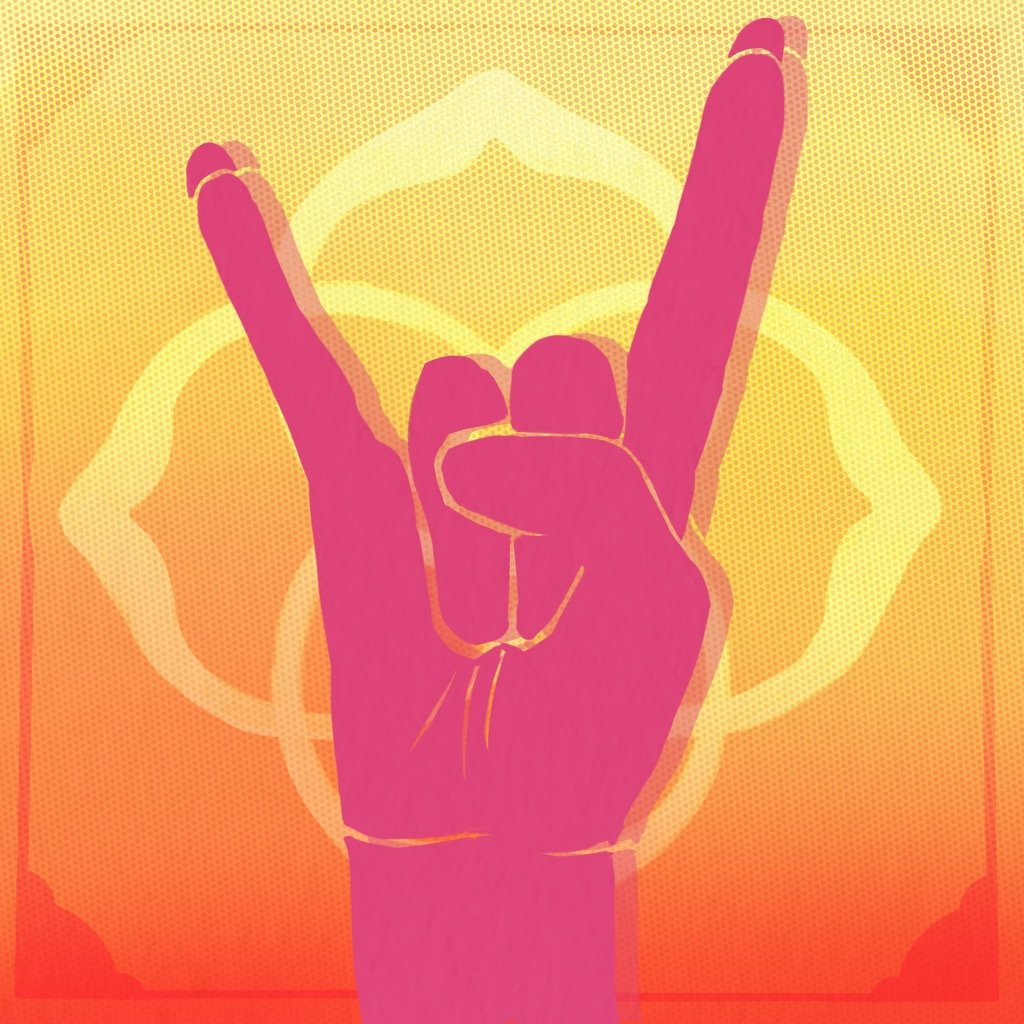With her braids swinging behind her, Vivian Gonzalez danced down the street in Brownsville, Texas, wearing her Charro Days outfit – a long red skirt decorated with lace ribbons.
“I love Charro Days, because it’s the perfect symbol of what it means to be from La Frontera,” said Gonzalez, corporate communications and theatre and dance management senior. “Obviously, we don't always wear Charro Day dresses and eat espiropapas, but it's a representation of what we are on the inside and what it means to be from our community.”
During the last week of February, the cities of Brownsville, Texas, and Matamoros, Tamaulipas, come together to celebrate their friendship through Charro Days. Some UT students have found ways to celebrate this holiday and their Mexican-American backgrounds.
“We are not perfectly Mexican. We are not perfectly American,” Gonzalez said. “We are somewhere in the middle of it. Charro Days is a time to celebrate the blessing we have (of being) a part of both cultures.”
Because the holiday means a lot to her community, Gonzalez said she wishes the holiday was more well-known beyond the southern tip of Texas.
“Sometimes, I would bring it up to people in Mexican-American studies, and they didn’t know what I was talking about,” Gonzalez said. “And I'm like, ‘Dude, how do you not know this?’”
Antonio Gonzalez, associate professor of practice in the College of Natural Sciences, said Charro Days instills unique values within the Brownsville and Rio Grande Valley communities.
“(The holiday) not only supports them and their upbringing in Brownsville and Matamoros … but it also … reminds you of your cultural heritage and the values of that community,” Gonzalez said. “I think celebrating Charro Days … reminds you of who you are, (and) where you came from.”
Bella Vargas, a communication and leadership junior, said she is most homesick at the end of February because she can’t properly celebrate Charro Days. She said in Austin, the holiday is spent going to class instead of enjoying aguas frescas while dancing in the streets.
“It’s sad to not see anyone dress up in all the colorful outfits,” Vargas said. “Going to class, I'll wear a cute pair of Mexican earrings or top, but it's not the same. It just seems like here in Austin, it doesn't exist.”
As the director of RGV Familia, a UT organization of students from the Rio Grande Valley, Vargas said she hopes to introduce a Charro Days event for members. She said it’s hard to adjust coming from a place where everyone around you is Hispanic.
“It’s a cultural shock, and it's difficult (not being able to celebrate it),” Vargas said. “So that's what RGV Familia is for.”
Political communication freshman Jillian Garza participated in the 2020 Charro Days Parade on the UT float, which was decorated with banners, orange tinsel and sombreros. When she puts on her traditional Charro costume, she takes even more pride in her Mexican-American heritage.
“Since I'm very white (looking), I have trouble feeling my heritage,” Garza said. “Charro Days is another means for me to really feel connected to my Mexican-American background. I feel a lot of pride.”





















